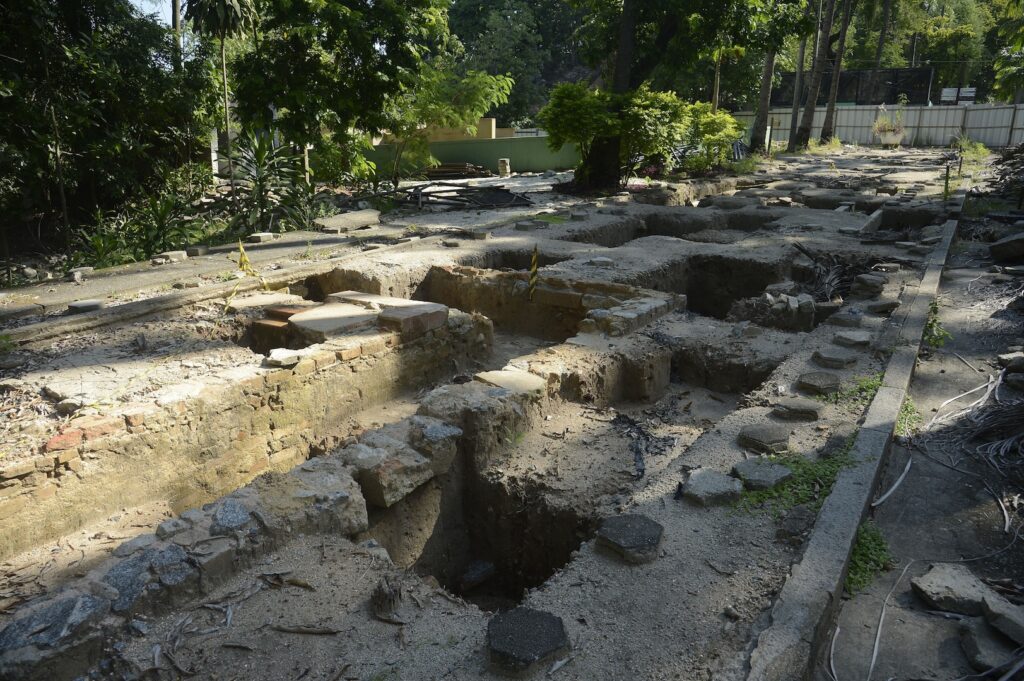30,000 Imperial Artifacts Discovered in Brazil
While working to renovate Rio de Janeiro’s zoo, workers found historical artifacts dating back to Brazil’s imperial past at the Quinta da Boa Vista park, in the northern part of the city.

Classified as an ‘archaeological treasure’ by Rio’s city government, the more than 30,000 items found are believed to be from the beginning of the 19th century to the first years of the 20th century.
Among the items found are plates, cutlery, pieces of clothes and uniforms with the imperial insignia and other belongings of employees of the Imperial Family.
“We believe that many objects were donated by the palace to the residents of the surrounding area. It (donations) worked as sort of a good neighbor policy,” says archaeologist Filipe André Coelho.
According to Coelho, that region was a village of officials, free and enslaved workers, as well as military personnel.
“We discovered a more noble pottery that has paintings, which was not common among the poorest population,” explains the archaeologist.
The area, which today houses the RioZoo and the National Museum, was where the Portuguese Royal Family resided, during the reigns of Pedro I and Pedro II. The empire lasted from 1822 to 1889.
The RioZoo has been under renovation since June of last year, and is partially open to visitation.
Its reinaguration is expected to take place in January of 2020. According to officials, part of the objects will be exhibited at the new zoo.
Most of the artifacts, however, will be integrated into the collection at the National Museum, being rebuilt after the devastating September 2018 fire.
According to the city the archaeological site will be preserved and opened for visitation as soon as the archeologists have concluded their work.





